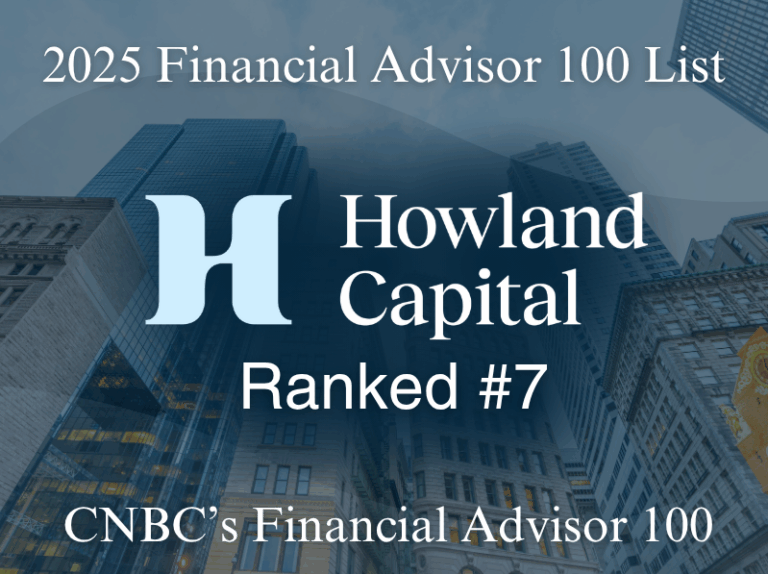Despite tight monetary conditions and the highest borrowing costs in two decades, economic growth has remained quite healthy, and the Federal Reserve (Fed) is hoping to keep it that way. At the September meeting, they decided to “go big,” opting to cut the short-term federal funds rate by half a percentage point. Though a rate cut was widely expected, the half point drop from 5.25% to 4.75% was larger than many economists had forecasted. This cut signals a significant pivot for the Fed, whose dual mandate is to keep inflation in check while promoting full employment. Unlike in prior cycles, the Fed is now cutting rates while the going is still good. Recent economic growth has been above 3% in real terms and is expected to moderate closer to 2.5%. In addition to steady growth, inflation has come down sharply, and the labor market continues to add jobs. With broad CPI inflation falling from 9.1% at the peak in 2022 to 2.5% presently, inflation is no longer the primary risk in the eyes of the Fed. Just as they moved quickly to hike rates as inflation spiked in 2022, the Fed appears willing to do the opposite now, moving to prevent growth from stalling. Chair Powell is looking to orchestrate a so-called “soft-landing,” and keeping rates at a twenty year high no longer makes sense. The Fed also predicted further rate cuts this year of another quarter point in November and December, and perhaps another full percentage point by the end of 2025. Expectations for cuts are now largely “priced in” by investors, with equity indices advancing to new record highs and the yield on the ten-year U.S Treasury note hovering around 3.75%. Mortgage rates have also come down, which should help stabilize conditions in the housing market. In summary, the process of policy normalization is underway, with further rate cuts anticipated. While the initial reduction was slightly more significant, future easing is expected to proceed at a more measured pace.
Regarding the economic outlook, several potential risks could impede growth. Elevated interest rates remain a key concern, impacting recent borrowers who are now facing higher costs. As labor markets tend to adjust rapidly, any sudden downturn could adversely affect the broader economy—a risk the Fed has proactively addressed with an upfront rate cut. Inflation is another critical factor; while pressures from supply chains and wages have eased, a resurgence in prices, especially for food and energy, might slow the Fed’s actions or shift investor expectations. Long-term fiscal conditions also warrant attention, as rising deficits and uncertainties surrounding future tax policies and government spending could drive demand for higher yields on long-term bonds. Such a scenario, coupled with stagnant growth, could create a challenging macroeconomic landscape if inflation persists. Though we do not foresee an immediate risk to growth, the assurance of a soft landing is uncertain, especially with the upcoming U.S. election.
